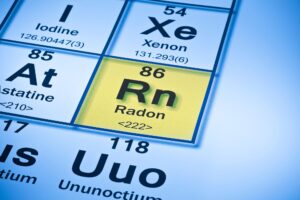At the Northern Air Quality Conference last month, Andrew Whittles, Director of Air Quality Programmes at Bradford Council discussed the moves the city was making in terms of establishing itself as a – if not the – centre for hydrogen in England.
Aside from his air quality role, Andrew is also involved in developing projects such as HyBradford which he described as potentially being the largest hydrogen production facility in the UK, producing enough to power every buses in West Yorkshire.
This week that project took a huge step towards fruition, when the Bradford Hydrogen Production Facility, a partnership project between Hygen and N-GEN, developed by Renewable Connections, received consent from the Council.
The facility on the old Birkshall gas storage site on Bowling Back Lane in Bradford will produce low carbon hydrogen which can be used to decarbonise vehicles and industry. Businesses and other users in West Yorkshire will be able to use the refuelling facilities on site, with distribution experts Ryze delivering hydrogen to industrial users across the region.
Michael Hughes, Director at Renewable Connections said: ‘We were delighted to act as lead developer for this ambitious, low carbon project. The Bradford hydrogen production facility will support local climate change ambitions and be a valuable boost to the economy.
He added: ‘Working with Hygen and N-Gen we went through a comprehensive design and development process, including the launch of a project website and hosting several consultation events in 2023. The feedback from the local community and stakeholders was enormously appreciated and helped shape the final design of this important development.’
At the end of last year, the Bradford Hydrogen production facility became the biggest scheme to be awarded funding through the government’s Hydrogen Production Business Model, with the plant having the capacity to produce around 12.5 tonnes of hydrogen per day. The hydrogen will be produced through electrolysis, using renewable electricity to split water into hydrogen and oxygen.
















Leave a Reply